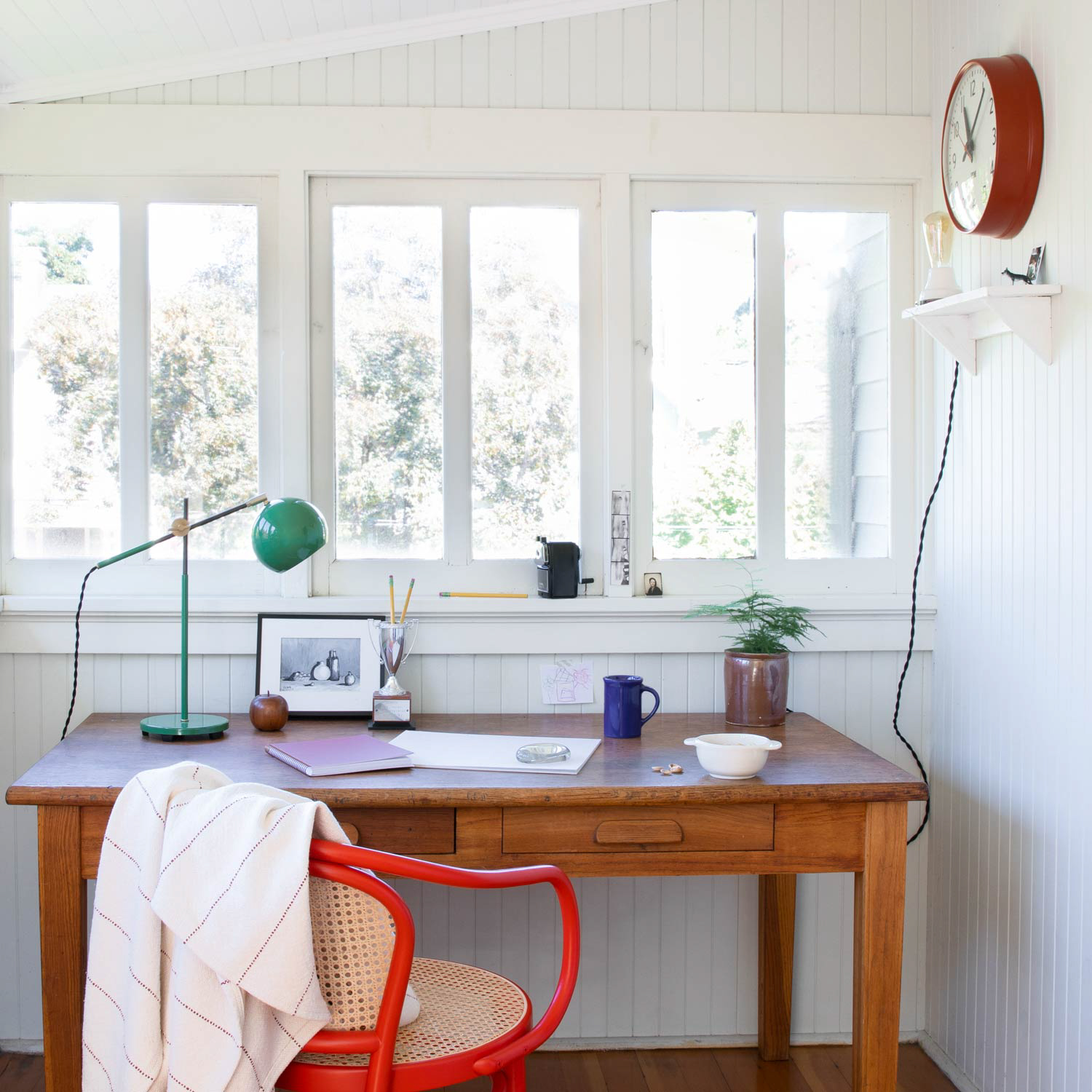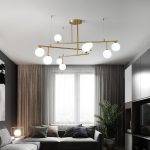
Scandinavian style has gained widespread popularity in recent years due to its simplistic yet sophisticated aesthetic. The key to achieving the perfect Scandinavian look is the use of paint colours that capture the essence of the region’s landscape and climate. In this article, we will explore the different shades used in Scandinavian design and their significance.
Background
Scandinavian style emerged in the 1950s and became popular during the mid-century modern movement. The style gained widespread usage due to the standard of living in Scandinavian countries, where people often live in small, crowded apartments, so they must optimize space with functional and minimalist designs.
A crucial element in this design style is the use of bright and cool colours to create a highly functional, peaceful, and relaxing environment. Light and bright colours, such as white, beige, light grey, and light blue, are often used as a primary colour, while bold and vivid hues are used sparingly as accents.
The Significance of Paint Colours in Scandinavian Design
The paint colours used in Scandinavian design reflect the natural beauty of its landscapes. The colours reflect the climate, tranquillity, and purity of the region. Pale shades are typical of Scandinavian design as they help to maximize natural light, making a space appear more significant and airy.
Neutral colours, like taupe, beige, and grey, allow the furniture and décor to stand out more prominently. When opting for a neutral shade, choose one with an undertone of grey for a more sophisticated look.
Another reason why neutral and cool colours are popular in Scandinavian design is that they are easier to maintain. These colours do not show dirt and grime captured from everyday wear and tear as quickly as bold, vivid colours.
Top Scandinavian Paint Colours
White
White is the most prominent colour in Scandinavian design. It’s a standard choice for walls, ceilings, and trim. White is a crisp, clean colour that enhances natural light and makes spaces feel more spacious. A room painted white creates a blank canvas for homeowners to add furniture and decorative accents.
Blue
Blue is another popular colour used in Scandinavian design. Light blue hues, such as robin’s egg, are soothing and reflect the skies of the North. The colour blue is well suited for bedrooms, bathrooms, and living rooms, creating a tranquil and calming space.
Green
Green is a popular colour used to capture the essence of nature in Scandinavian design. Pale green shades, such as sage or mint, are soothing and promote relaxation. They are perfect for creating a spa-like atmosphere in a bathroom or bedroom.
Grey
Grey is an excellent choice for walls, trim, and textiles. Grey shades reflect the cloudy skies found in the North and provide a sophisticated and chic look to any space. Grey is a versatile colour, allowing homeowners to mix and match decorations and furniture easily.
The use of paint colours in Scandinavian design is an essential aspect of creating a calming and relaxing environment. The colours used reflect the natural beauty of the region and evoke the feeling of tranquillity, purity, and simplicity. When choosing paint colours for a Scandinavian-style room, it’s essential to opt for bright, cool, and light hues. Neutral shades work well to enhance natural light, and vivid colours should be used sparingly.







